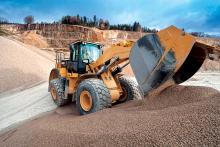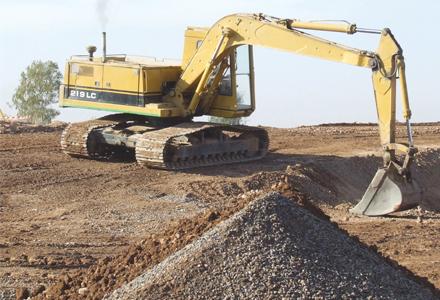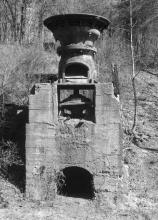
Advances in gearbox technology delivered synchromesh and more speeds to improve operation of construction equipment on site
In the early days of mechanisation of quarries there were no specially designed off-highway machines to cope with the terrain and heavy loads. Instead there were on-highway trucks that were pressed into service to move material around site.
These trucks were poorly equipped in terms of both traction and durability to cope with the tough conditions within the quarry site and breakdowns were frequent. One of the key developments that helped these early on-highway trucks stand up to the rigours of the construction site and ease operation was the introduction of synchromesh to the gearbox.
Before this development it was necessary to press the clutch twice to change gears. This heavy doubledeclutching and shifting of gears solely by manual force put considerable physical strain on the driver. That is why it was hailed as an important leap ahead when synchromesh gearboxes appeared on the market around 60 years ago.
The fi rst manual gearboxes are believed to have been developed in the late 19th century by Louis-René Panhard and Emile Levassor. These offered multiple gear ratios which were engaged by sliding them on their shafts, which required careful timing and throttle manipulation so that the gears would spin at roughly the same speed, otherwise the gears would not 'mesh'. The grinding noises that accompanied the failure to properly engage the gears led to these non-synchromeshed gearboxes being known as crash boxes.
In a synchromesh gearbox, to correctly match the speed of the gear to that of the shaft as the gear is engaged, the collar initially applies a force to a cone-shaped brass clutch attached to the gear, which brings the speeds to match prior to the collar locking into place.
"They marked an immense improvement in the driver's working conditions: from a job requiring special training for gearchanging - it became more like driving a passenger car," said
Volvo developed its fi rst truck in 1928, which produced 28hp and featured a three-speed, non-synchromeshed gearbox. In 1931 the company started to use components from its cars in the truck range but the gearbox remained a specially designed four-speed unit for heavy vehicles along with rear axles with a reduction gear.
The rising weight of trucks in the 1930s and 1940s, along with improved engine power and demand for better fuel economy meant that this period saw the number of gears rise to four or fi ve, but still without synchromesh. It wasn't until the 1950s when synchromesh was gradually introduced.
During the 1950s, Volvo also started experimenting with automatic transmissions but the gearboxes used remained manually operated although auxiliary gears such as range-change and splitter transmissions made their entry into the truck cab.
"From a technological development perspective, the inclusion of additional mechanical gears behind and in front of the base gearbox was only a minor step in overall progress. The fi rst truly revolutionary concept was the gearbox itself, which entered into use just over a century ago. The next signifi cant technological advance was synchromesh, followed by automation," explained Mart Mägi, former professor of automotive technology at the Chalmers University of Technology in Göteborg, Sweden.
According to Mägi, the development of automatic transmissions for trucks progressed very slowly but they have had a signifi cant impact on both on and off-highway equipment. "In the future, the entire conventional gearbox may become obsolete - for instance in series hybrids, if or when we get a properly functioning hybrid system in trucks too. The next big step ahead is hybridisation, and that is already on its way in," he said. "Electric power transmission does not require any gears at all in the way they are used in today's gearboxes. Computers take over control of power delivery from the engine to the driven wheels via intermediate electric motors and battery packs."










